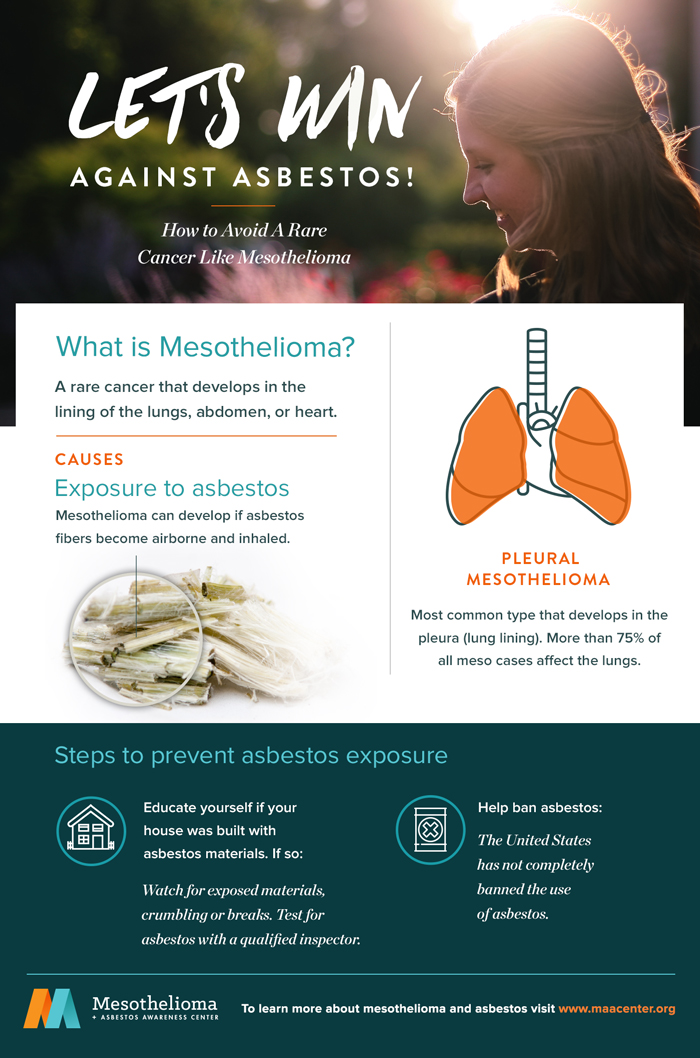
Muscle Aches and Toxin Exposure
Aches and pains in musculature directly affect the quality of life of thousands of adults, athletes, and seniors nationwide. Such symptoms are even among the most common emergency room and health clinic visit complaints across the country, of which many occur throughout the holidays.
Often treated by drugs and various treatment modalities, Americans are estimated to spend over $30 billion on herbal remedies and $50 billion on alternative therapies to treat symptoms including muscle pain and fatigue, and for good reason. If not properly or adequately addressed, chronic health concerns can develop. However, what is the cause of this pain and fatigue?
There are a laundry list of reasons and toxins that directly contribute to muscle pain and fatigue, therefore, in observation of Lung Cancer Awareness month this past November, it is important to raise awareness of toxins, activities and health concerns that contribute to muscle aches and pains.
Pulmonary fibrosis and mesothelioma cancer are just two examples of disease that can occur as a result of environmental or occupational toxin exposure. With both diseases, when toxins cause harm to or damage delicate lung tissue, scarring occurs and over time, depending on medical history, diagnosis and treatment, the disease can develop over time. This can then lead to musculoskeletal dysfunction. Preventing exposure to the following carcinogenic toxins can prevent aching muscles and fatigue as a result of lung disease:
Asbestos
This fibrous silicate mineral has been used in large quantities in various occupations including construction, manufacturing, mining, shipbuilding, machinery, firefighting, engineering, railroad and plant work, and more for decades. Once asbestos fibers become airborne, inhaled, ingested or consumed in any form, the fibers can become lodged in the lining of the lungs, abdomen, or heart to develop asbestos related disease such as lung cancer, mesothelioma, asbestosis, pulmonary fibrosis, COPD and more. Prevent occupational exposure to asbestos by wearing adequate and regulated respirators and prevent environmental exposure to asbestos at home by testing for asbestos and discuss any probable asbestos exposure with your doctor, immediately.
Silica, Dust and Particulate Matter
Similar to asbestos, long-term exposure to environmental and occupational toxins such as silica dust, hard metal dusts, coal dusts, grain dusts, even bird and animal dropping dusts and particulate matter can each damage the lungs and lead to pulmonary fibrosis. Silica exposure poses a serious health threat to nearly 2 million U.S. workers including more than 100,000 workers in high risk jobs such as abrasive blasting, foundry work, stone cutting, rock drilling, quarry work and tunneling. When silica and other dusts including particulate matter enter the lungs, they can form scar tissue, reducing lung function and progressively, chronic, acute, accelerated or classic lung disease can develop. Workers who are exposed to silica during an 8-hour work period are required by OSHA to wear N95 NIOSH certified or Type CE abrasive-blast supplied-air protective respirators and seek routine medical screenings.
Radon Gas
Radon gas is the second leading cause of lung cancer, following cigarette smoke. This odorless, colorless gas is a result of the natural radioactive decay of uranium and thorium in soils, so it is nearly unavoidable to be exposed to radon gas. However, repeated and prolonged exposure to radon, leads to lung cancer. In the workplace, people who work underground such as miners or those who work in uranium processing factories or with phosphate fertilizers, are among the most likely to be exposed to high radon levels. Once radon is inhaled, tiny radioactive elements can lodge in the lining of the lungs, emitting radiation, which can damage lung cells and eventually lead to lung cancer. The EPA estimates that 1 of 3 homes in the United States have elevated levels of radon, so it is recommended that you test for radon or have a radon scanner installed for safety.
Radiation Treatments
As with radon, when an individual is given radiation treatments for lung, breast or other cancers, the radioactive elements can damage delicate organ tissue, form scar tissue and develop into cancer years later.
Individuals with lung cancer often experience bone pain, which may be confused or difficult to differentiate from muscle pain. Additionally, some lung cancer patients may experience symptoms of muscle wasting (cachexia), elsewhere in the body and those who receive cancer treatments will also experience muscle pain, aches and other side effects such as tingling, burning, weakness or numbness, shaking or trembling, and more.
This holiday season, learn more about toxins and lung diseases that contribute to muscle fatigue, dysfunction, and pain. Exercise is often crucial to enhance lung function and strengthen musculature. However, exercise may not be enough for some causes of muscle dysfunction as explained here. Consult with your doctor for recommended care, health screening, and questioning at all times. To learn more about respiratory health and kinesiology, visit the Mesothelioma and Asbestos Awareness blog and follow them on Facebook.


